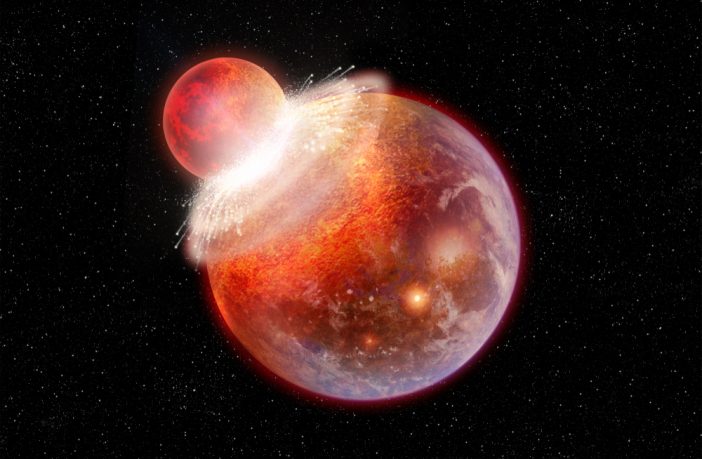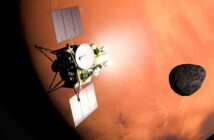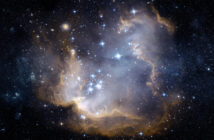You might think that comparing rocks from the Earth and the Moon would be like comparing chalk and cheese, but new research led by academics at the OU has discovered that in many ways, they are almost the same. What’s so great about that? As lead author and Research Fellow, Dr Richard Greenwood, explains this new study, which not only provides fresh insight into how the Moon formed, but offers evidence that water may be abundant on planets outside the solar system. And where there is water, there could also be life!
A catastrophic impact created the Moon
“We compared the oxygen composition of lunar rocks brought back from all six of the NASA Apollo landings on the Moon with volcanic basalt collected from all of the deep oceans on Earth to help us understand how the Moon formed,” said Dr Greenwood.
“The research suggests that the catastrophic impact which formed the Moon about 100 million years after the solar system formed, which is about 4,467 million years ago, was extremely energetic. Known as The Giant Impact, it involved two planets that collided with such force that they were completely destroyed; all the pieces then mixed and gravity created the Earth-Moon system we have now.”
Earth and Moon rocks – an interesting comparison
“Perhaps more importantly, the research discovered only a small difference in oxygen composition between the lunar and terrestrial rocks. This demonstrates how well mixed all of the pieces of rock created from the catastrophic impact were, and places strict limits on the types of material that could have been added to the Earth afterwards.
If most of the water on Earth had arrived after the collision, carried by asteroids and comets from the outer parts of the solar system, we would expect the lunar and terrestrial rocks to have distinctly different oxygen compositions, but they are practically the same. This tells us that liquid water on Earth must have existed before the Moon-forming impact.
“Where there is water, there could also be life”
Recently published in Science Advances, the research suggests that liquid water might also be present on exoplanets – planets in other solar systems:
“Because water is such a vital ingredient for life, we rightly see it as precious. Our research shows that even an event as catastrophic as two planets colliding doesn’t cause all of the water to be dispersed into space. The water stayed in the mix of debris, which gave birth to our planet and its only moon.
“What’s even more fascinating is that, because this worked for the Earth and Moon, it must also work for planets beyond our solar system. Exoplanets with water on their surfaces may be much more common than we previously thought. And where there is water, there could also be life!”
Dr Richard Greenwood regularly publishes on this, and other space research, in his blog.



